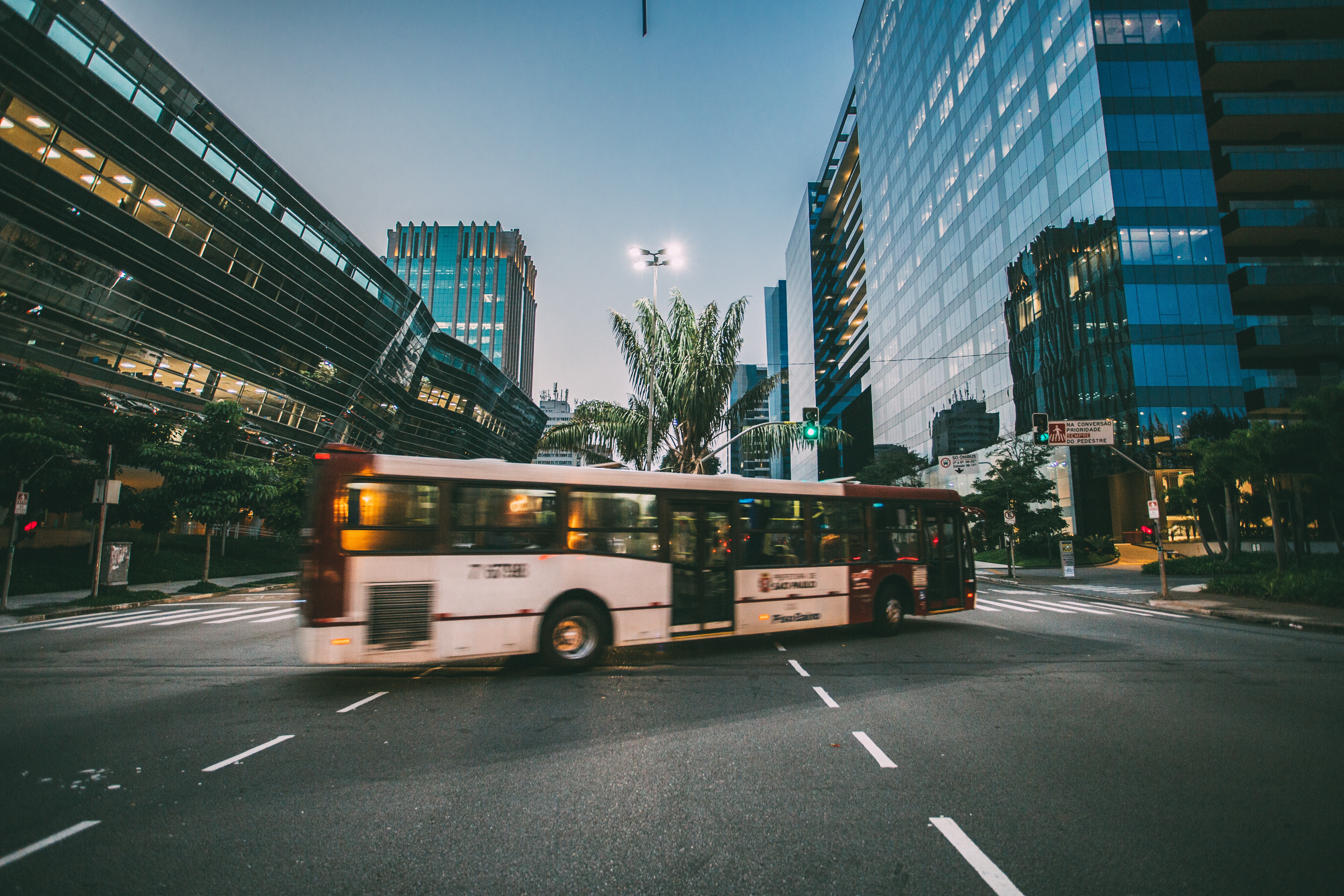Transparency is extremely important to us, so we are letting you know that we may receive a commission on some of links you click on from this page. See our disclaimer.
Our post yesterday outlined how “High stress is associated with negative health behavior.”
Now, a MentalHealth.net report uncovers ” the prevalence of depression across age groups, work forces, and other demographics.” Using data from a range of sources, including the U.S. National Institutes of Health. Some insights:
“The five industries most affected by depression cover a large spectrum. From those who were surveyed, public and private transit showed the highest at 16.2% of workers suffering depression, followed by real estate (15.7%), social services (14.6%), manufacturing (14.3%), and personal services (14.3%).”
“One major point is that people working in many of the industries listed, and others not listed (such as health care at 11.4%), are often thankless jobs in which workers experience some of the best (and worst) of society on a daily basis.”
“One study seemed to draw a correlation between jobs that require frequent or difficult interactions with the public or clients and have low levels of physical activity with increased rates of depression. That could explain why professions such as heavy construction employees (7.54%), miners (7.13%), and recreation workers (6.87%) have much lower rates of reported depression.”
A study published in the Social Psychiatry and Psychiatric Epidemiology journal and titled “Prevalence rates for depression by industry: a claims database analysis” sought to “estimate and interpret differences in depression prevalence rates among industries, using a large, group medical claims database.”
Conclusion: “Perhaps the most salient pattern in the results is that, among those industries with the greatest, statistically significant elevations of rate over the population rate, service industries which require frequent or complex interactions with the public or clients are disproportionately represented, while among industries with the lowest rates that are statistically different from the population, manufacturing industries are disproportionately represented (although many service industries have low rates, and some manufacturing industries have relatively high rates). This supports the theory that the stress of emotional labor could contribute to depression.”
Here's an infographic compiled by MentalHelp.net:






0 Comments